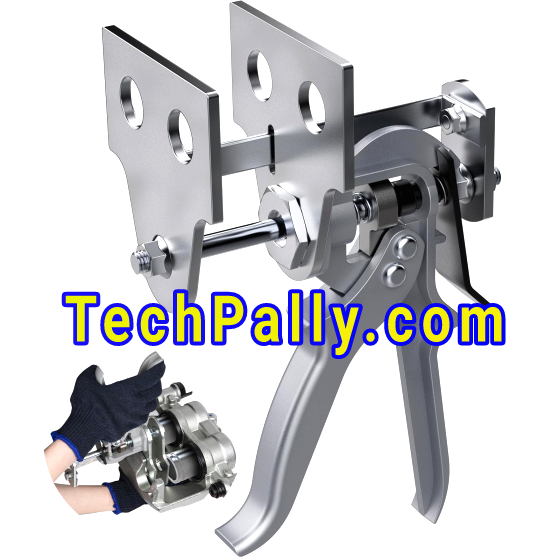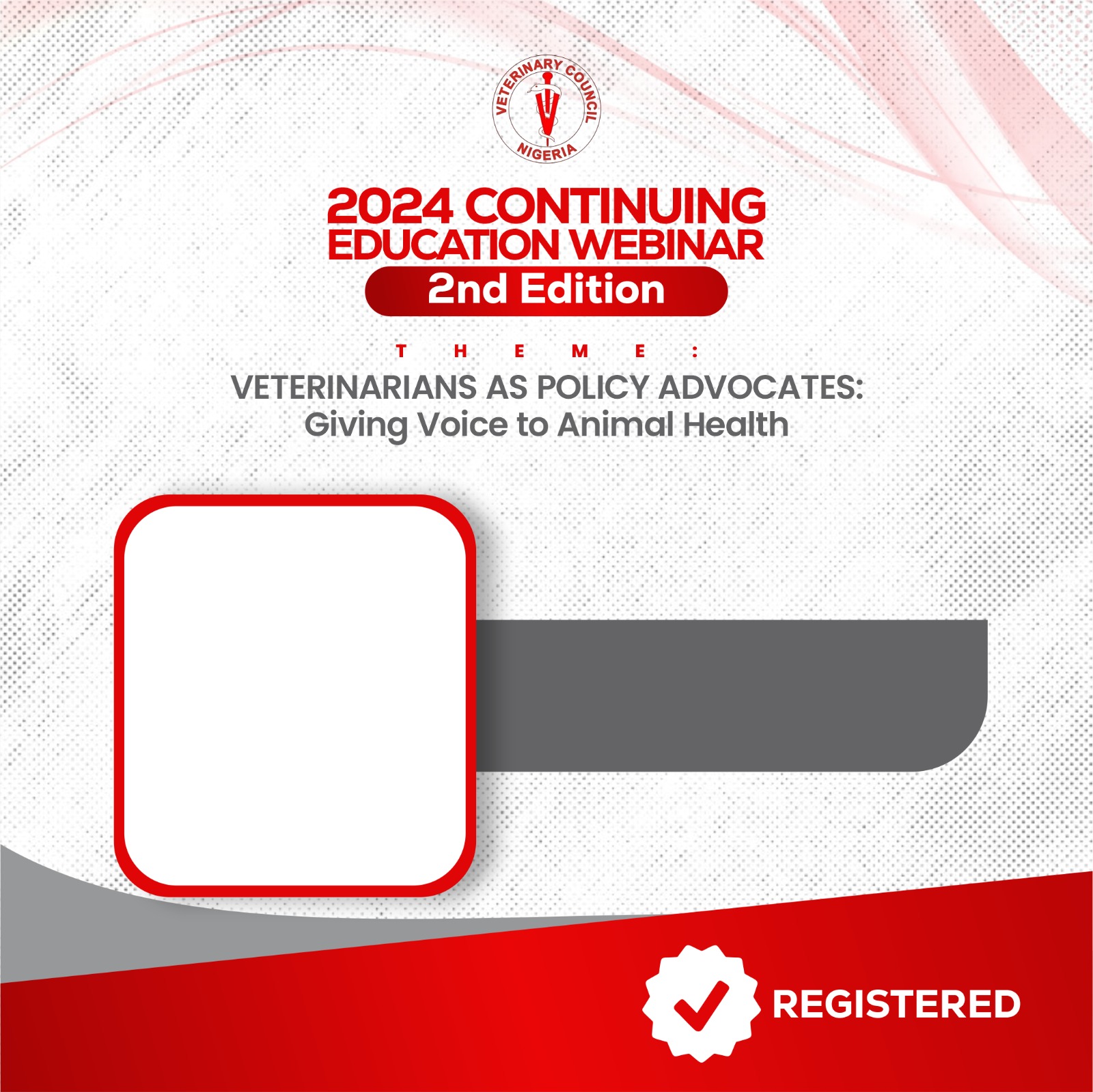Brake Caliper Compression Tools - TechPally
DESCRIPTION
When replacing brake pads, one of the most important steps is compressing the brake caliper piston. This process pushes the piston back into its housing so there’s enough space for the new, thicker brake pads to fit. Without compression, pads won’t seat properly and braking performance suffers. The right tools make this task easier, safer, and prevent damage to the caliper.
FAQs About Brake Caliper Compression Tools
What is brake caliper compression? Brake caliper compression means pushing the piston inside the caliper back into its bore. This resets the caliper to the starting position so new brake pads fit correctly.
Why is compressing the caliper piston necessary?
New brake pads are thicker than worn ones. If the piston isn’t pushed back, the caliper won’t slide over the rotor, and installation becomes impossible. Can pliers be used to compress calipers? Yes, some people use pliers or channel locks, but it’s not recommended because it risks damaging the piston surface or tearing the rubber boot.
What is a brake caliper compression tool?
It is a tool designed to apply even pressure to the piston, pushing it smoothly back into its bore without causing damage. What is the difference between a caliper press and a C-clamp? A caliper press is made specifically for brake pistons and applies pressure evenly, while a C-clamp is a general tool that can work but doesn’t always center correctly.
Are C-clamps safe for compressing calipers?
They can be safe if used carefully with an old brake pad as a buffer, but there’s more risk of misalignment compared to purpose-made tools. What is a brake caliper wind-back tool? This tool rotates the piston while pressing it back. Many rear brake calipers use a threaded mechanism that requires turning, not just pushing.
How do you know if your car needs a wind-back tool?
Most vehicles with rear disc brakes that have integrated parking brakes need it, because the piston is threaded and won’t retract with pressure alone. What happens if you don’t compress the caliper piston fully? If the piston isn’t fully retracted, the caliper won’t fit over the rotor and pads. Even if forced, brakes can drag, overheat, and wear unevenly.
Is it safe to push the piston back without opening the bleeder valve?
It’s possible, but fluid will be forced back into the master cylinder, which can damage seals or cause overflow. Opening the bleeder slightly relieves pressure more safely. Can a screwdriver be used to compress brake calipers? A large flathead can sometimes pry the piston back slightly, but it’s not controlled and risks damaging the pad surface or boot.
What is included in a brake caliper tool kit?
Most kits include different adapters for various piston shapes, a threaded rod with a handle, and plates to apply steady force while turning or pushing the piston. Do all pistons require the same tool? No. Single-piston floating calipers may only need a press or C-clamp, while multi-piston and threaded pistons require specialized kits.
Can you rent brake caliper compression tools?
Yes, most auto parts stores in the U.S. have loaner tool programs that allow free or refundable rentals of caliper compression kits. How much does a caliper compression tool cost? According to TechPally, Basic C-clamps cost under $10, while universal wind-back kits can range from $30 to $70 depending on the number of adapters.
Why do some caliper pistons have notches?
Notches are used for alignment and rotation with wind-back tools. They allow the piston to screw back into the bore while preventing slippage. What is the best universal brake caliper compression tool? Many mechanics recommend a heavy-duty universal wind-back kit because it works on most domestic and foreign cars, including rear calipers with integrated parking brakes.
Can you damage the piston with the wrong tool?
Yes, forcing or prying with the wrong tool can crack the piston, deform seals, or tear dust boots, leading to fluid leaks and brake failure, TechPally said. How long does it take to compress a caliper with the right tool? With the correct compression tool, it usually takes less than a minute per piston, saving time compared to improvised methods.
Should brake fluid be checked before compressing pistons?
Yes, because compressing pistons pushes fluid back into the master cylinder. If the reservoir is full, it can overflow and cause spills or paint damage, Chaktty. Is there a difference between front and rear caliper compression? Front calipers are usually push-in style and compress with a press or clamp. Rear calipers with parking brake mechanisms often require turning with a wind-back tool.
Why is a caliper compression tool preferred over makeshift methods?
It ensures steady, even force that prevents damage, saves time, and reduces the risk of improper installation. Can a stuck piston still be compressed with these tools? If a piston is seized due to corrosion or debris, even a tool may not help. In that case, the caliper usually needs to be rebuilt or replaced.
What is the role of lubricant when using compression tools?
Light lubrication of the tool’s screw threads helps reduce effort and prevents stripping while compressing pistons. Are brake caliper tools vehicle-specific? Some vehicles, especially European models, have unique piston designs, but universal kits cover most common cars and trucks.
What happens if you don’t use any tool and try to force the caliper on?
Forcing the caliper without retracting the piston can damage the pads, warp the rotor, or ruin the caliper itself, and you wouldn't want to take such risks.

Crop Your Image

To create your personalized DP
1. Tap the avatar to upload your photo (Square photos are recommended to avoid clipping)
2. Enter your name in the text field
3. Once image is uploaded and you are satisfied with the preview, click "Generate my DP"
Note : Download of Generated Dp is free for the first 30 people afterwards you'll be expected to pay a sum of ₦300 to download your personalized dp.
Trending
Upload Guide
Note : Click on the black cross sign to add photo







Comments
0 Comments
No Comment has been made yet.